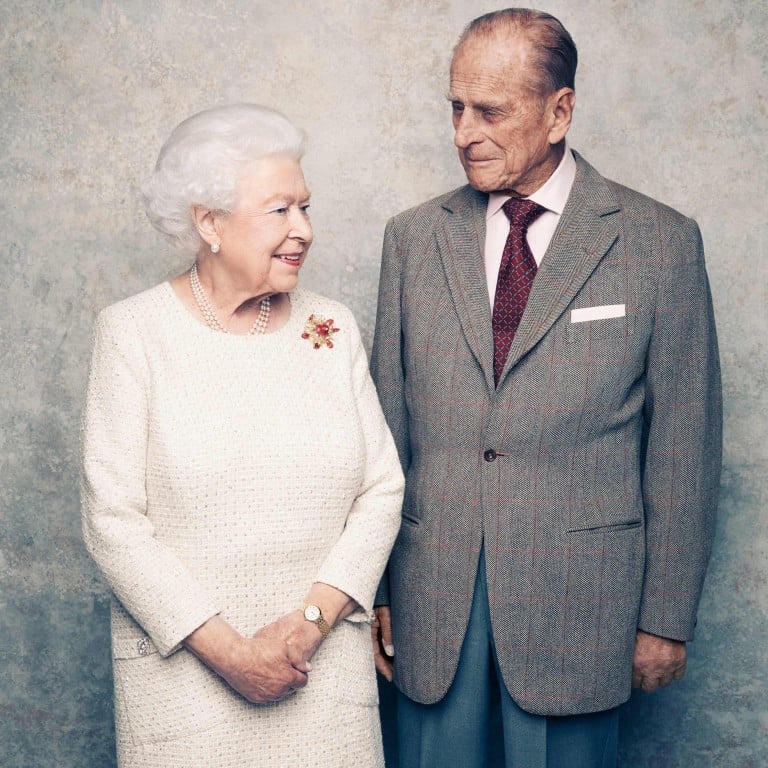What defines avant garde jewellery? Discerning high jewellery clients are snapping up statement pieces by Cartier, Chanel, Van Cleef & Arpels and Boucheron – but independent designers are leading the pack

- Andrew Grima, who was favoured by Queen Elizabeth, revolutionised jewellery design with abstract, sculptural pieces in the 1960s and 70s
- Now, demand for bold jewellery is rising again – a throwback to ‘art as jewellery’ created by Picasso and Dali
Jeweller Francesca Grima says attitudes are beginning to shift: “When seeing jewellery, people often want to know what carat the stone is and don’t consider the piece in its entirety, the workmanship, the idea – that’s what matters. But thankfully people are starting to get that, because that’s what’s at the heart of more avant garde jewellery.”
Dazzle like Kate Middleton with these 5 jewellery pieces

Francesca is the daughter of Andrew Grima, the society jeweller of the 1960s and 1970s, the only jeweller who has won Duke of Edinburgh’s Prize for Elegant Design and is one of Queen Elizabeth’s favoured creators. Andrew entered the jewellery trade 75 years ago this year and – in keeping with much of the era’s youth revolt – revolutionised the way jewellery looked and was perceived. Out went the dainty, the pretty, the traditional – in came big, abstract, sculptural, futuristic, and even new design methods.
Goldsmiths are often challenged by anything that is outside that more classic aesthetic
“My father never made a piece of jewellery himself because he thought that meant he’d subconsciously design something that was easier to make, and we still take that approach,” says Francesca, whose latest designs are focused around large, minimalistic and unusual semi-precious stones such as malachite and sunny-side-up agate. “Goldsmiths are often challenged by anything that is outside that more classic aesthetic.”
![Cartier Opheis necklace from the [Sur]Naturel collection. Photo: Cartier Cartier Opheis necklace from the [Sur]Naturel collection. Photo: Cartier](https://img.i-scmp.com/cdn-cgi/image/fit=contain,width=1024,format=auto/sites/default/files/d8/images/canvas/2021/06/05/ff7c2f60-875e-413c-8f8a-1d55109231f7_feb532de.jpg)
They had better get used to it. Although, Grima argues, jewellery may, relative to other artistic disciplines, be limited in its creative reach because it has to be worn, demand for bolder pieces again seems to be on the up – a throwback to the “art as jewellery” produced by the likes of Picasso, Dali and Alexander Calder, more recently by the likes of Emily Young and Gavin Turk.
Why nothing says natural luxury like pearls